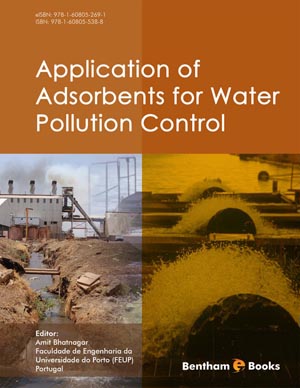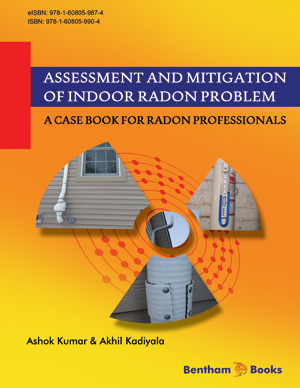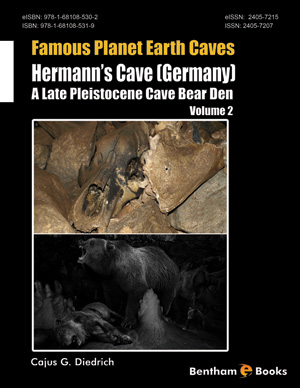Abstract
Emerging pollutants (EPs), also known as contaminants of emerging
concern, include pharmaceuticals and personal care products (PPCPs), surfactants,
plasticizers, pesticides, etc., and the pharmaceuticals and personal care products are
extensively used for therapeutic and non-therapeutic purposes in health care settings,
livestock industry, and agriculture. Consumption and production of PPCPs have
generated significant quantities of toxic waste in affluent entering the water streams,
which poses a risk to aquatic life, public health, and the ecosystem. Given the potential
toxicity impacts, continuous exposure to PPCPs is of critical concern. However, the
concentrations of PPCPs in the environment are low. Efforts are being made to
synergize efficient and cost-effective PPCPs removal technologies to remediate these
pollutants from the environment. Still, the success rate is low because of their low
concentration (ppb or ppt) and complex chemical structure. Common wastewater
treatment technologies are not found efficient enough to attain their complete
elimination from the aquatic matrix. Concurrently, ecological problems associated with
water quality and aquatic life are aggravated in the prone areas, particularly in the
developing world, owing to inadequate monitoring, data management, and treatment
facilities. The lifecycle assessment (LCA) is an effective tool for efficient monitoring,
quantification, and damage incurred by various stages from production to possible
disposal. This chapter summarizes the LCA process of PPCPs, including the release
and accumulation, to examine the impacts and associated risks to water quality, the
aquatic environment, and ultimately human beings. Furthermore, the deep insight of LCA will help to understand the kinetics of pollutants in environment exchange pools
and help fill the existing knowledge gaps that would be a certain better step for
management and remediation.
Keywords: Analgesics, Antibiotics, Bioaccumulation, Bioconcentration, Cradle to grave analysis, Emerging pollutants, Endocrine disruptors, Food additives, Hormones, ISO-14001, Lifecycle assessment, Lifecycle impact assessment, Lifecycle inventory, Monitoring, Personal care products, Pharmaceuticals, Steroids, Surfactants, Wastewater treatment, Water footprints.












